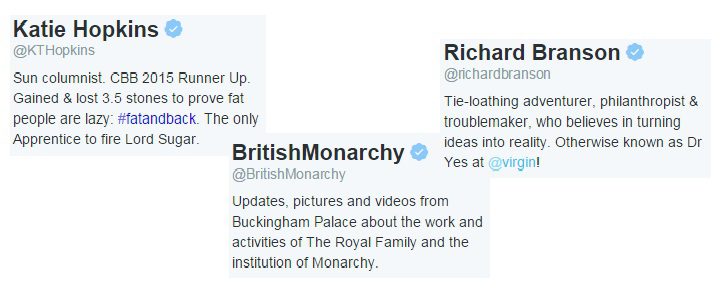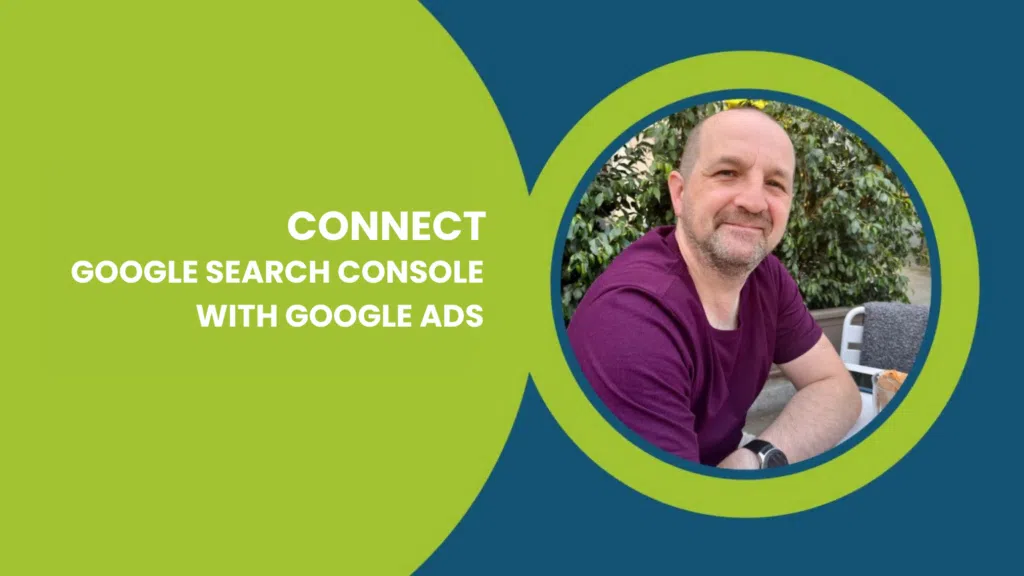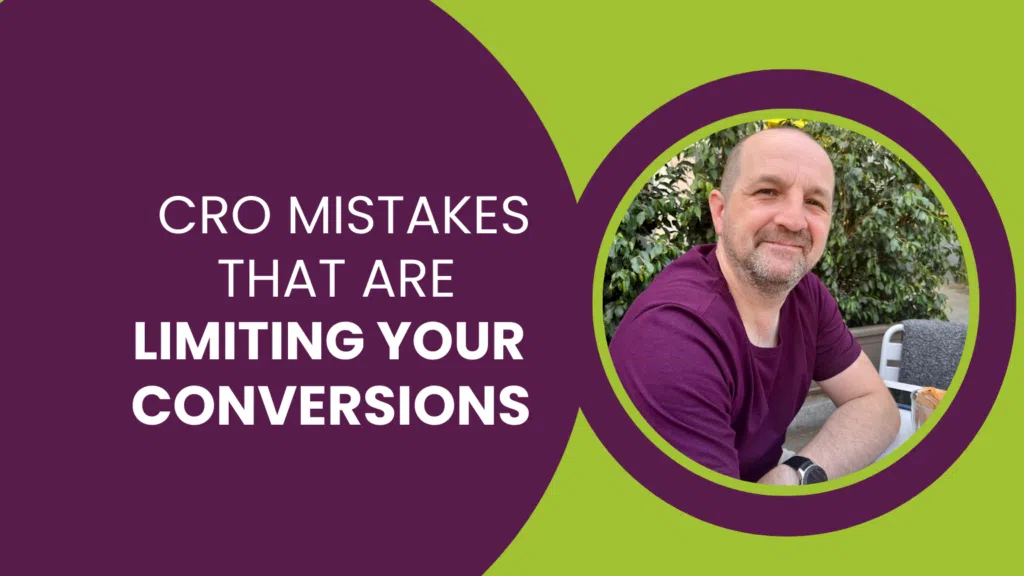Getting started on Twitter can be tough if you don’t know your way around. There’s some new technology, a whole bunch of acronyms, a bio and a picture of an egg. Who should you follow, what should you tweet and what do those buttons do?
These seven Twitter basics for business will help you create your personal Twitter profile (the approach to brand or corporate Twitter accounts are a little different) and begin to find and engage with your audience. Whether you’re a small business or are a personality in a bigger one, this will help get you started.
Tip 1: Twitter Profile Picture Best Practice
People don’t like talking to eggs. They want to know who they’re talking to and they’re more likely to take notice when they recognise your profile pic. Girls in underwear, or not, seem to work well, but for all the wrong reasons (unless that’s the kind of attention you want, I’m not one to judge).
A straight-on face shot appears to work best. Try and avoid the cartoon thing, or Lego head, or a picture of your dog. If you’re looking to extend your real life networks here, these are just a pain for everyone.
If you’re a brand, your logo is fine, but keep it consistent.
Occasional modifications (Christmas hat, Comic Relief nose) are novel adjustments that users won’t lose any sleep over.
Tip 2: How to Write a Twitter Bio
On a personal profile, create a short bio that attracts the right sort of followers. Make it relevant, include a little personal stuff too – if your hobby is running, but you’re a bank manager, it’ll help followers start a conversation about something a common hobby, something that they can relate to. Humour is fine, too.
The short bio isn’t made for War and Peace, but these examples have squeezed in enough to explain what they do and some personal insight. Some go for a little humour too.

Tip 3: Twitter Profile Location
Include a location of where you are. And don’t say, “Earth”, “Here”, “A town near you”, “Everywhere”, your coordinates or something equally vague. If your goal is to connect with local people or businesses they’re unlikely to do that if they don’t know where you are.
The nearest town or city is fine, or the tiny little hamlet in the middle of nowhere is quirky. County or State aren’t really specific enough, but it’s a middle ground if location isn’t especially important to your brand.
Learn Social Media with a Pro
Tip 4: What Those Tweet Buttons Do
Every Tweet has a few options to interact with it, whether you follow the Tweeter or not – remember that everything is public on Twitter (except DMs, more on that later).
- Retweet or RT will reshare that Tweet on your own home stream and will be seen by anyone who follows you in the Home Stream. Retweets are flattering to the original Tweeter and are likely to get you more attention from the Tweeter than simply following accounts. The original Tweeter will be notified of your retweet and the nice ones will usually send you a message thanking you for doing so.
- Favourite is the equivalent of a Facebook “Like”. It alerts the Tweeter that you did so and again is likely to get you more attention than a follow. Yes, you can retweet and favourite a Tweet. And yes, the Tweeter will be notified about both actions. Do both a little too much in a short space of time and you may as well start boiling bunnies.
- Reply is a reply to the Tweeter. Be sensible. This is a public conversation, so your comment should be one you’d be comfortable making in person to the Tweeter’s face, on stage in front of a small crowd listening to your every word. Absolutely have your opinion, just say thanks and tell the Tweeter you agree, but abuse generally doesn’t go down too well. The Tweeter will be notified that you mentioned them and they can reply, of course, as can anyone else.
And so begins the most powerful thing about Twitter – conversation. A conversation which is still in front of that audience who can all see your tweets and the person (or people) tweeting with you.
Tip 5: What To Tweet as a Business
So you have an account. You’ve a personal bio and a picture of yourself. It’s a little like passing your driving test and getting a car full of fuel. There are so many options, it’s difficult to know where to start.
If you’re not sure, don’t tweet anything. Seriously. Don’t create anything new. You’ll get the hang of it and find your voice, which should really be your real personality – faking it is really hard work I wouldn’t recommend.
More on sharing shortly.
Tip 6: Who to Follow on Twitter
Who you should follow depends on your interests, but select some brands and individuals you’d be happy to hear from regularly. Take a little care though, some folks over post a little and can crowd your stream. Vicki Hemmings wrote a whole post on Finding People to Engage with on Twitter – it’s a great place to start.
When you follow someone, a few things happen;
That user is alerted that you’re following them and that user’s tweets will appear in your Home Stream, mixed in with posts from everyone else you’re following.
A common, misguided method of increasing followers is to follow hundreds or thousands of Twitter accounts in the hope that they’ll follow back. Those that follow back are most likely just interested in the numbers, but there’s little value in either strategy.You can spot these accounts easily – they’ll be following around 2,000 accounts (the maximum allowed for a new account – and will be followed by a number far less than that. It really isn’t worth it. Your account looks like it has little value to any experienced Twitter users.
You can also spot low value accounts which have a disproportionate number of followers to tweets – you’ve tweeted 73 times and you have 12,000 followers? Unless you’re a celebrity or a sports team, it’s extremely unlikely.
Another common trait of poor value accounts are those that “catch the follow back train”. As noted earlier, these accounts just follow lots of accounts in the hope they’ll follow back. When you don’t follow back, they’ll probably unfollow you. You’ll spot these as they’ll follow 20,000 accounts and have 19,000 following them back. If you really think they’re paying attention to 20,000 people’s tweets on a daily basis, you’re sorely mistaken. It’s not a sign of greatness, it’s a sign of weakness.
Great Twitter accounts will typically have more followers than they are following and the tweet count will typically be higher than either of those numbers, unless they’re celebrity accounts.
Be wary of excessive automation. It’s pretty easy to create an account that just spews links to articles every 15mins. Many of the “Social Media Experts” seem to practice this – you’ll find them in a video I recorded if you’re interested. If you’re just interested in reading blogs and news but not actually having conversations with real people, follow them; it gets a little boring after a while though.
Follow accounts a few at a time, no more than 30 initially. Listen. Read. Favourite. Reply and retweet the good stuff that you think your followers will be interested in, or will amuse them.
Following hundreds of accounts will crowd your home feed with too many tweets in too little time to read them and their content will all be mixed up too. It’s like the Sunday papers without any organisation of the content – fashion is mixed with sport is mixed with politics and business and the weather and the horoscopes.
There’s no rhyme nor reason to any of it.
The mess is easily solved by using lists (Video: how to use Twitter lists effectively) to group accounts in to whatever common themes you’d prefer. You don’t even need to follow an account to add it to a list either, which will help keep your following count down, but still means that you can pay attention to content and news you’re interested in.
Tip 7: Twitter Etiquette for Business
As in real life, manners are expected and will get you noticed. If someone follows you, check their account and make sure it’s a valuable one. Ignore the spam, the over-automation, the follower trains. To validate them, say hello. Ask how their day is. Ignore accounts that don’t reply, have a conversation with those that do, follow back and add them to a suitable a list you already created.
When someone tweets you, validate that the comment is from a legitimate, valuable account and reply, even if it’s just to say thank you.
Retweets of your tweets should be followed up with a “thank you for the RT” and if it’s a video or blog post, take the opportunity to ask their opinion about what they retweeted. Take the opportunity to start a conversation.
To be really attentive and flatter, make an effort to check their recent tweets and favourite or retweet posts which are relevant to your followers and/or your profile, but have a conversation too.
Twitter Beginner’s Daily Proactive Checklist
- Check your Home Stream or List(s)
- Favourite 5 Tweets
- Retweet 5 Tweets
- Reply to 5 Tweets
- Follow 5 new accounts
Reactive Twitter Checklist
- Reply to mentions
- Thank followers and start a conversation
- Follow back those that engage, ignore those who don’t
- Thank Retweeters
Speak with a SpecialistOur Twitter Marketing Services







